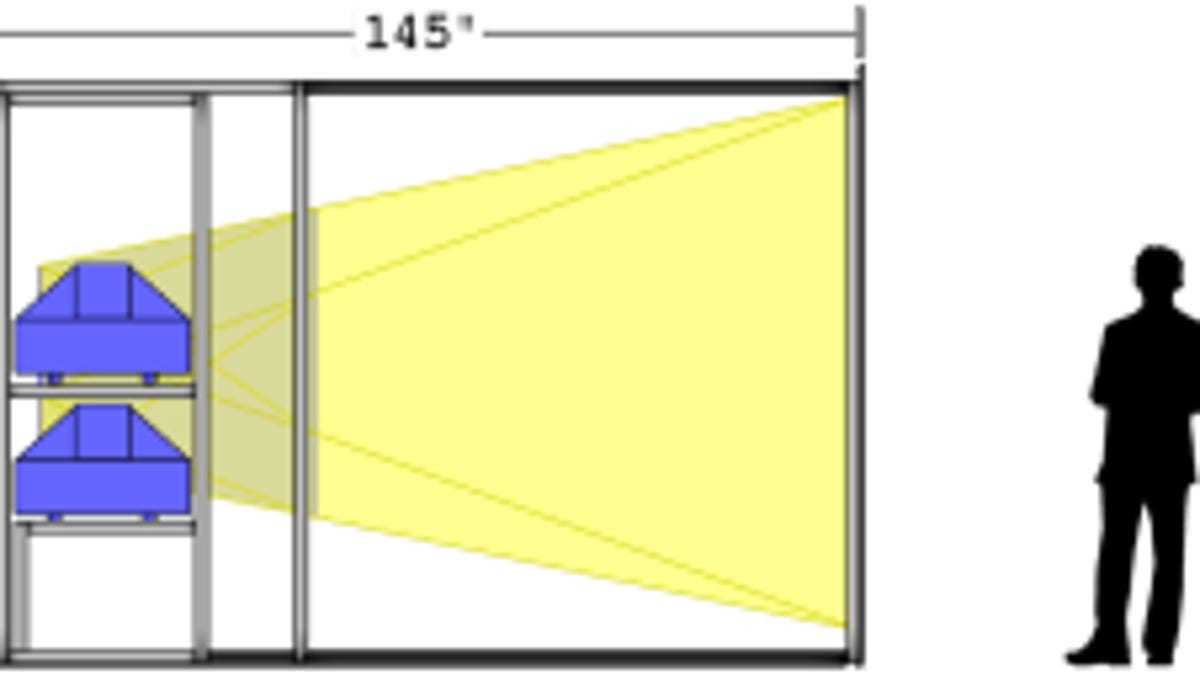The $350,000 big-screen, 3D 'VisWall'
At Tufts University, the VisWall that casts molecules and more into eye-popping 3D relief on an 8-by-14-foot screen

It used to be that if you wanted to get a good look at microscopic bits of matter, you had to have to use, well, a microscope. You'd smoosh a drop of liquid between two small glass plates, slip them under the lens, and then fiddle with the focus until the mitochondria -- hopefully -- came into view. At least, that's how it was in my high school biology class way back when (and never mind those film strips).
Things are different if you're a scientific researcher at a 21st-century institution of higher learning. Take the Tufts University School of Engineering, which has the luxury of a $350,000 scientific display device called the VisWall, from company called VisBox, that casts molecules and more into eye-popping 3D relief on an 8-by-14-foot screen. In flat-screen mode, it's said to be twice as sharp as an HDTV--just the thing for studying the inner workings of the colon, apparently.
Read more from The Boston Globe: "Plasma TV has nothing on this visionary virtual device"

